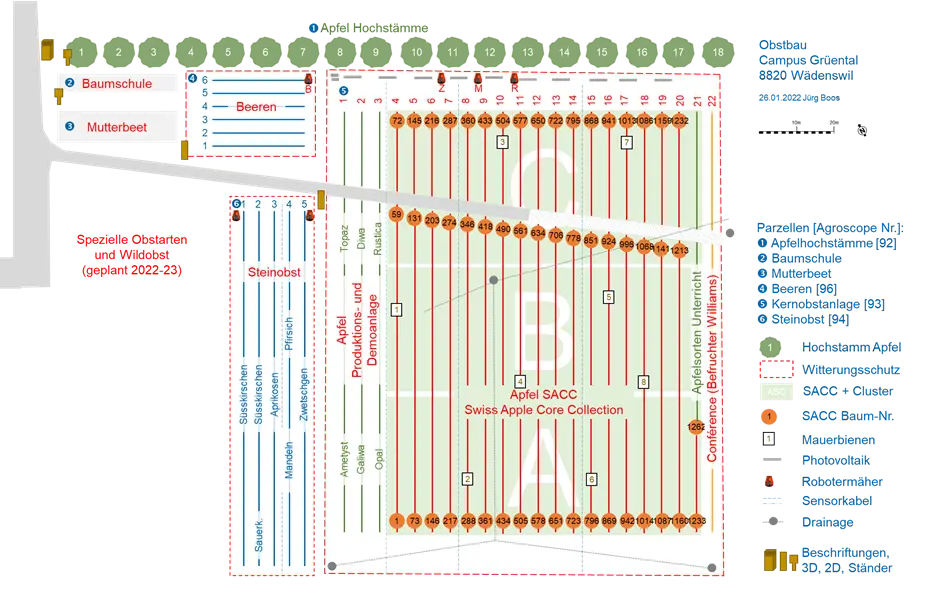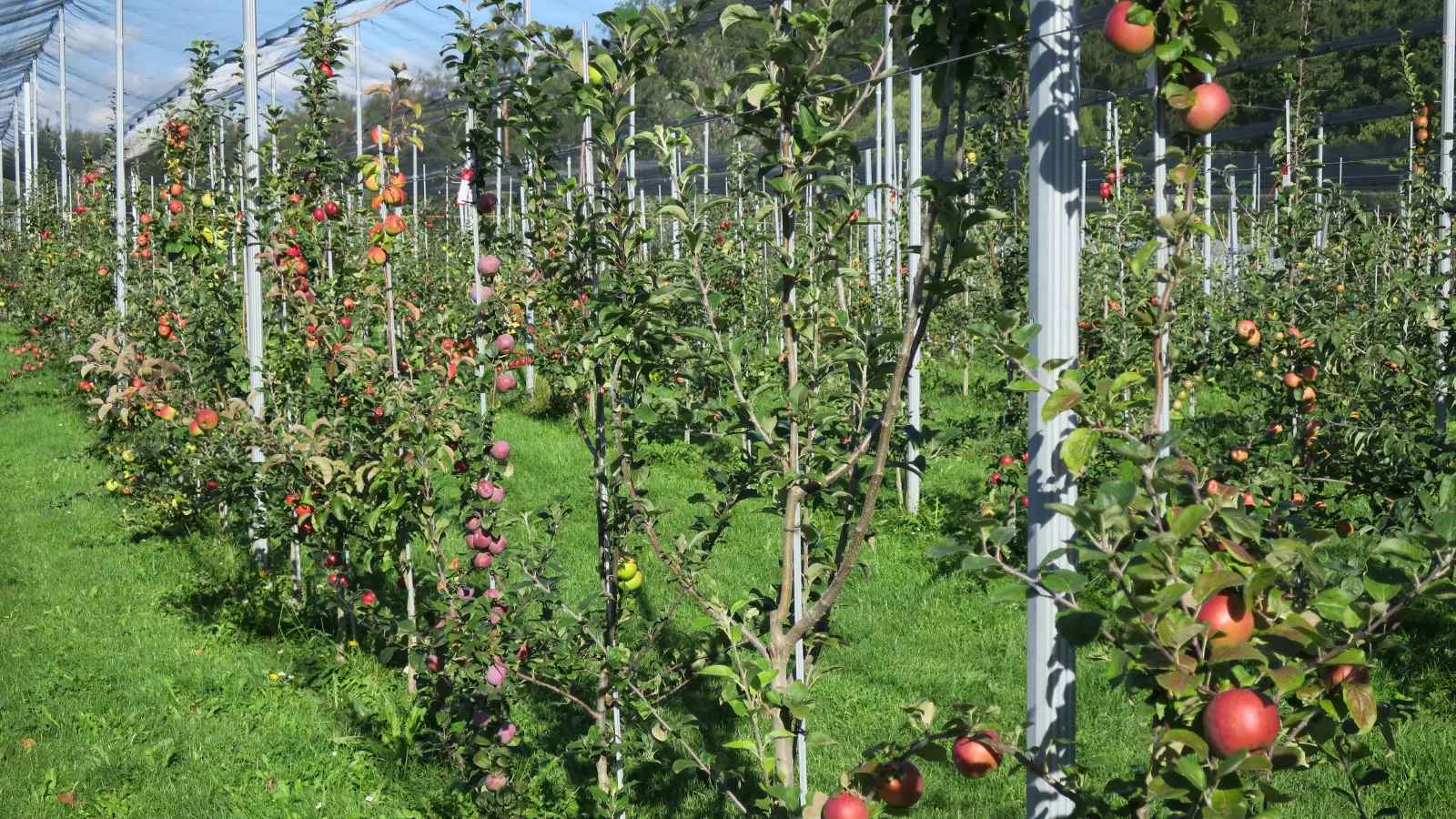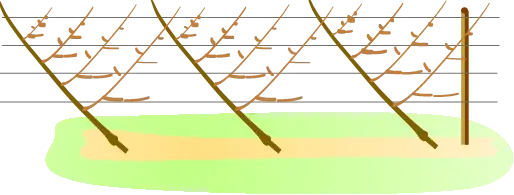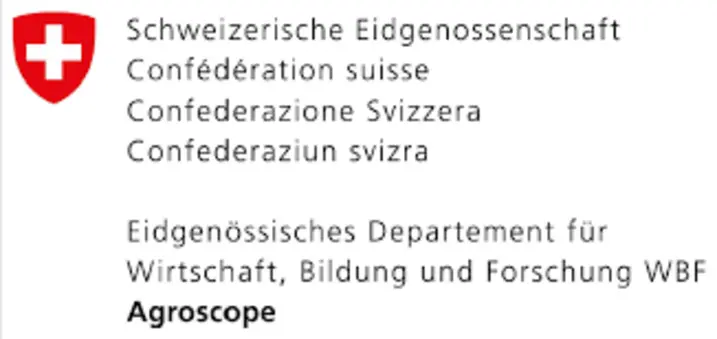Fruit orchards
A new home for over 360 apple genotypes, local berries and a clever cultivation system
Fruit cultivation systems and testing areas for studies and research
Apple variety - the agony of choice
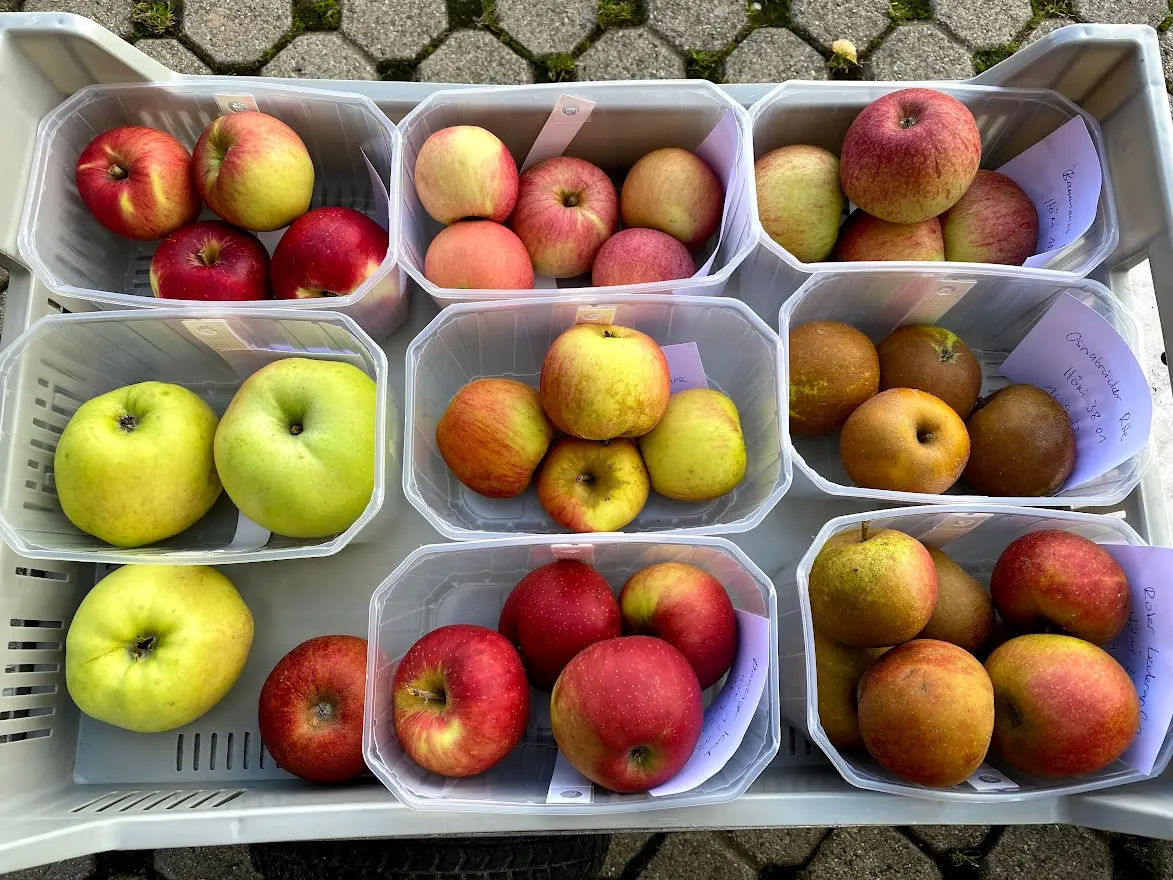
More than 5,000 years ago, lake dwellers gathered wild apples from Lake Zurich, which they cut in half and dried over fires. The ancestors of today's cultivated apples originally came from Central Asia and arrived in Europe in antiquity via ancient trade routes and as a result of military campaigns. The apple is thus one of the oldest cultivated plants in the world. In addition to the many ways in which it can be processed and its good storage properties, the fruit has always had great symbolic power (e.g. the imperial apple in the Roman Empire) as well as great agricultural importance - apples are cultivated worldwide in all temperate climate zones. The variety of flavours, sizes, shapes and colours of the old varieties was immense. However, only a small part of the fruit was eaten raw. Most of the harvest was cooked, pressed, distilled, dried, baked or fell victim to pests - food waste was not a pressing issue at that time. But modern varieties also have many positive qualities. They are often resistant to fungal diseases, such as scab and mildew, have long shelf lives and balanced aromas. In Switzerland, 4,000 hectares of these modern varieties are cultivated either conventionally or organically. This makes the apple the favourite fruit of the Swiss population - we each eat around 18 kilograms on average per year. Thanks to financial support from the Federal Office for Agriculture, the Grüental campus is home to 420 different varieties of apple.
Pear tree forms
Until the 1950s, Wädenswil was still characterised by large, standard pear trees. The two main varieties, Gelbmöstler and Theilersbirne, were distilled for spirits because of their high sugar content. Today, the Williams, Conference, Kaiser Alexander and Gute Luise varieties are mostly grown in orchards of dwarf trees. The cultivation of pear trees is demanding because of the strength of the central shoot (apical dominance). However, by choosing a suitable training system and grafting onto a weak quince rootstock, dwarf trees can be cultivated. The strong apical dominance of pears can also be counteracted by slanting the tree or promoting fertile side shoots.
Drapeau-Marchand
The trees are planted at an angle of 45° in the direction of the row. The available space is quickly filled and an orderly fruiting hedge is created.
Belgian hedge
Y-shaped trees with two leading branches and no central shoot. By omitting the central shoot, the problem of apical dominance is avoided.
Agroforestry - Traditional System with Potential for the Future
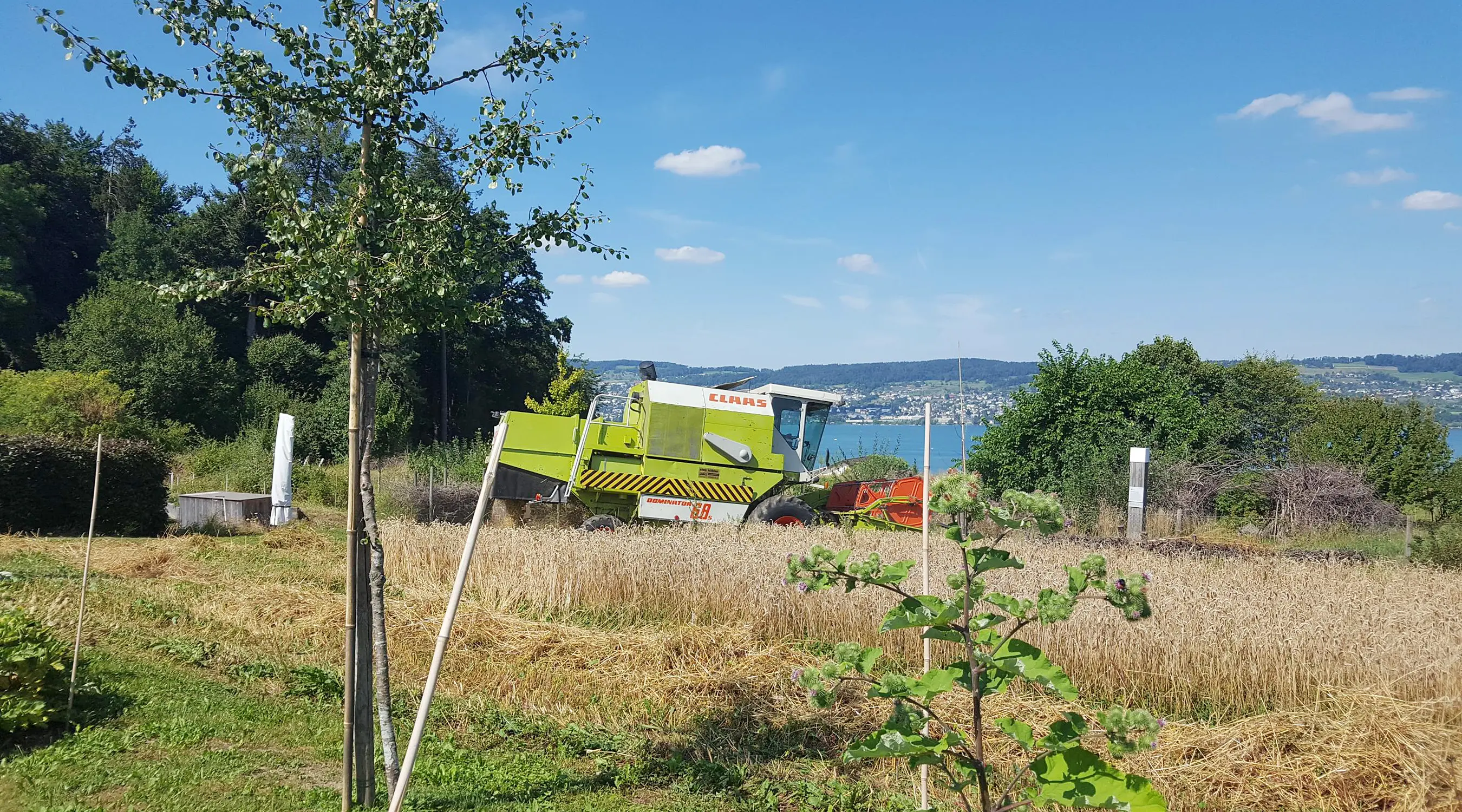
Agroforestry is a cultivation system that combines perennial fruit, wild fruit, nuts and valuable wood trees with agricultural subcrops, such as cereals, vegetables or grassland, on the same area. It is also possible to incorporate livestock farming into Agroforestry systems. In Switzerland, we have been using land in this way for centuries - in the form of forest pastures in the Jura, chestnut groves in Ticino or the classic standard orchards in Eastern Switzerland. On the Grüental campus, we combine valuable wood trees with native wild fruit species as well as arable subspecies to study and observe the diverse interactions of this community.
Berries - Local Superfood
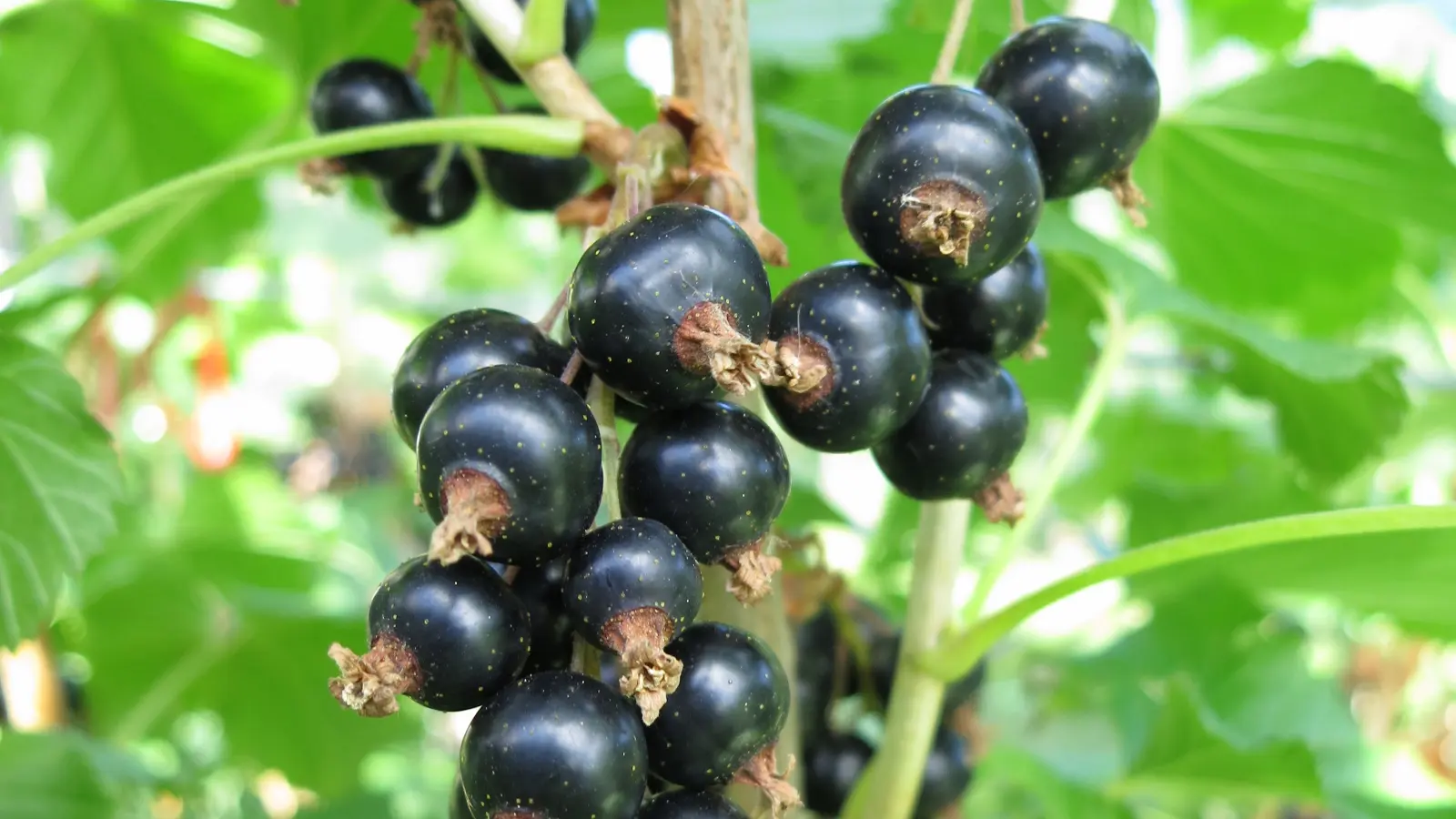
You don’t always need exotic fruits like goji and acai berries or acerola cherries to have a balanced diet. Many local berries can easily keep up with these exotic superfoods. Blackcurrants, blackberries, raspberries, elderberries and many other native berries are worth their weight in gold because they provide our bodies with important vitamins and minerals, such as magnesium, potassium and iron, as well as antioxidants all year round. Berry bushes need little space but prefer a sunny location and humus-rich soil. Care is limited to annual winter pruning, compost fertilisation in spring and weeding between the plants.
Biodiversity - natural confusion
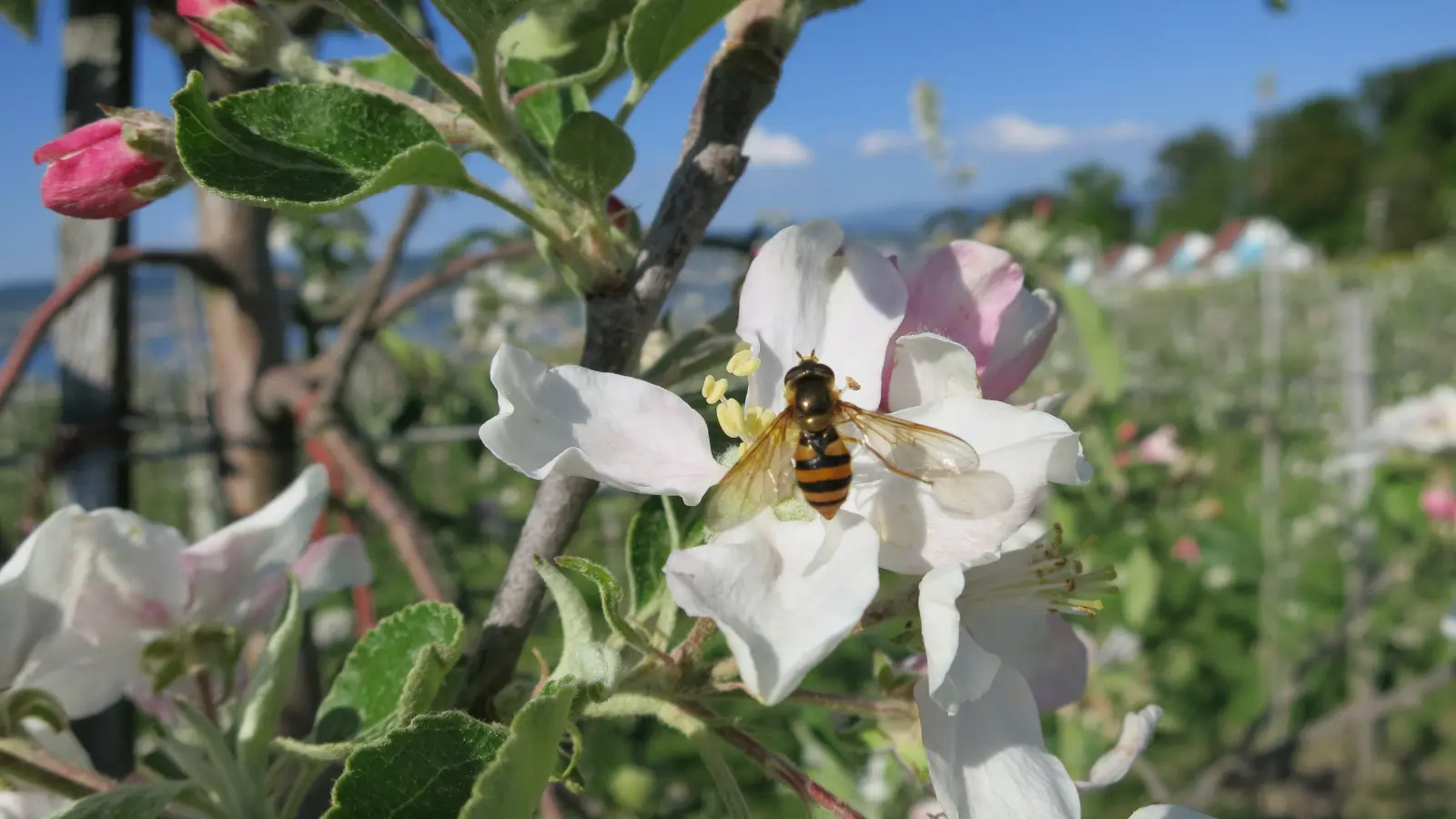
Switzerland is considered to be a particularly clean country. Too clean, if you are looking for natural habitats in cleared agricultural areas. That is why ecological compensation areas are deliberately created, which provide nature with more space and also benefit agriculture. Our fruits not only taste good to us, but also to a multitude of insects, fungi and vertebrates. Beneficial organisms can create a natural balance between species, but only if the necessary habitats for these organisms are available. In addition to non-specific support measures, such as flower strips, branch piles or hedges, we also specifically support beneficial organisms in our orchard. For example, with perches for birds of prey (mice), nesting houses for small songbirds (caterpillar pests), mason bee houses (pollination) and clay pots for earwigs (woolly aphids).
A mower with a self-sufficient energy supply
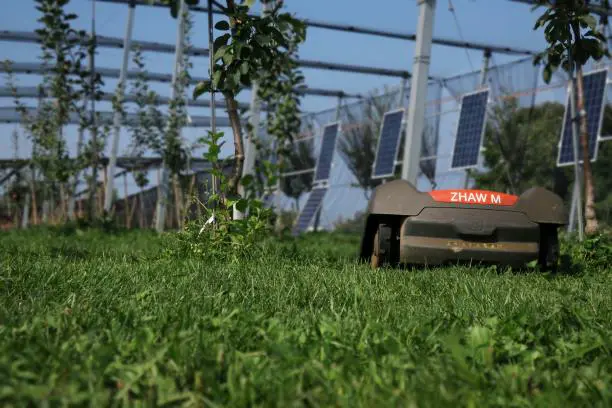
It is hard to let go of the idea of a land of milk and honey, where you only harvest and don't have to do anything for it. First steps towards this dream, however, are being made by robotic mowers, which keep the grass in our orchard short and can be powered by their own solar electricity. Even though we only use commercially available components in our experiments, we still face many challenges. In order to be independent of the electricity grid, the system has to be large and equipped with battery storage – this is the only way of ensuring there is enough electricity for charging at night and during periods of bad weather. The hail netting and the sub-optimal orientation of the panels also reduce electricity generation by around 30%. Furthermore, the mowers are built for lawns and not orchards. Open ground, fast-growing grass, narrow spaces between trees, as well as branches and apples on the ground can all block the mowers, in the worst cases resulting in them having to be "freed" several times a day. However, thanks to financial support from the Federal Office for Agriculture, we are tackling these challenges. Nevertheless, as was to be expected, we are still far from the land of milk and honey.
